Humidity. That was the first thought that went through my mind upon exiting the terminal at Bali’s Denpasar International Airport — though, to be honest, not much was happening in my brain after 27-plus hours of travel. Unable to place the exact time of day (or which day of the week it was), I managed to find our driver in a chaotic sea of hotel signs, and was immediately greeted with a cold bottle of water, wet towel, and car pulsing with air conditioning. This, I thought, couldn’t be a better welcome.


The Two Four Seasons Resorts in Bali Pair Luxury With a Connection to Local Culture, Food, and Traditions
Though twenty minutes later, I was immediately proven wrong upon arriving to the Four Seasons Resort Bali at Jimbaran Bay. Immediately taken by the innate décor and sprawling waterfront views, as well as the gratuitous hospitality of the team’s welcome, my partner and I were greeted with a refreshing glass of iced tea, which we threw back almost instantaneously to soothe the scratchiness of our dry throats. Thankfully, I learned that it was just after 5 PM, so our villa was ready and waiting for us.
Our inaugural night in Bali began with dinner at Sundara, a beachfront restaurant inspired by the local seafood barbecue culture of Jimbaran. The restaurant gets its name from the Sanskrit word for beautiful, and the hospitality, food, and overall experience certainly fit the bill. We enjoyed grilled scallops with corn purée that melted in our mouths almost immediately, followed by pepper-crusted tuna and smoked aubergine with kenari nuts, curry leaves, and feta, all washed down with a pandan leaf and arak-based cocktail, the local spirit of the island produced from fermented sap of coconut and/or palm trees. A nightcap followed at the resort’s on-site cocktail bar, Telu, which focuses on using local ingredients and producing zero waste.
Beyond meticulous execution—and of course, tasting delicious—what struck me most about our experiences at Sundara and Telu was the emphasis on using local ingredients and adhering to Balinese tradition. I have to admit, I was looking forward to the synonymous luxury that comes with staying at a Four Seasons resort (which certainly didn’t disappoint), but was hopeful that the sense of place exemplified on my arrival night would continue to pop up throughout the duration of our visit. Let’s just say I wasn’t disappointed.
Experiences and activities at the Bali Four Seasons resorts
Beyond luxurious accommodations, the Four Seasons shines at highlighting local cultural through thoughtfully curated experiences. While one could certainly post up at the spa and indulge in fruit-forward cocktails all day long, those looking to really delve into what makes Bali such an appealing destination are on full display at the Four Seasons. In addition to a list of daily complimentary activities, the resort also offers a handful of (very affordable) paid experiences that are worth every penny. At Jimbaran, we started our second day at the on-site Jala Cooking Academy with chef Kasi, who first took us on a venture through the local market to teach us all about indigenous ingredients and spices.
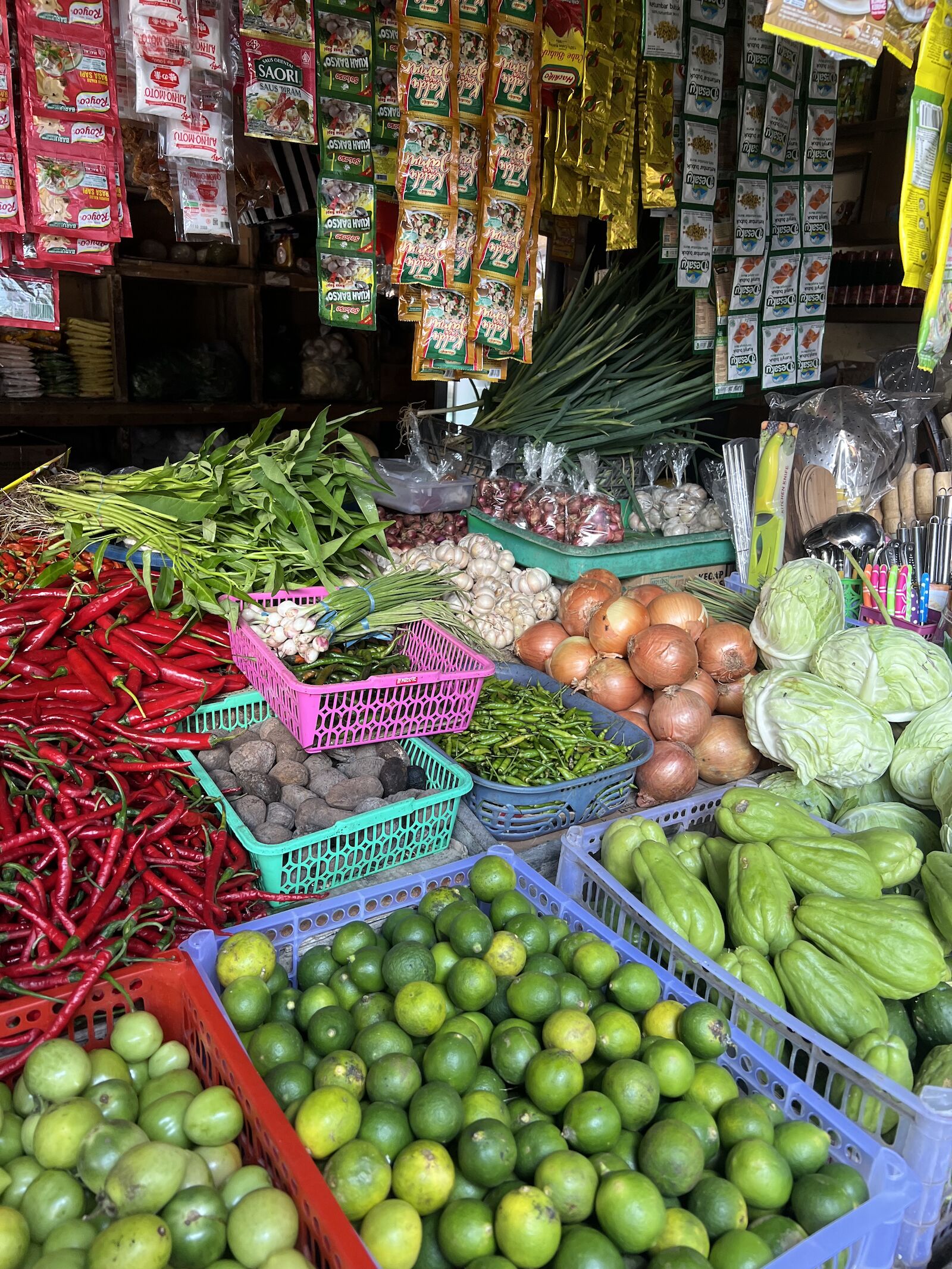
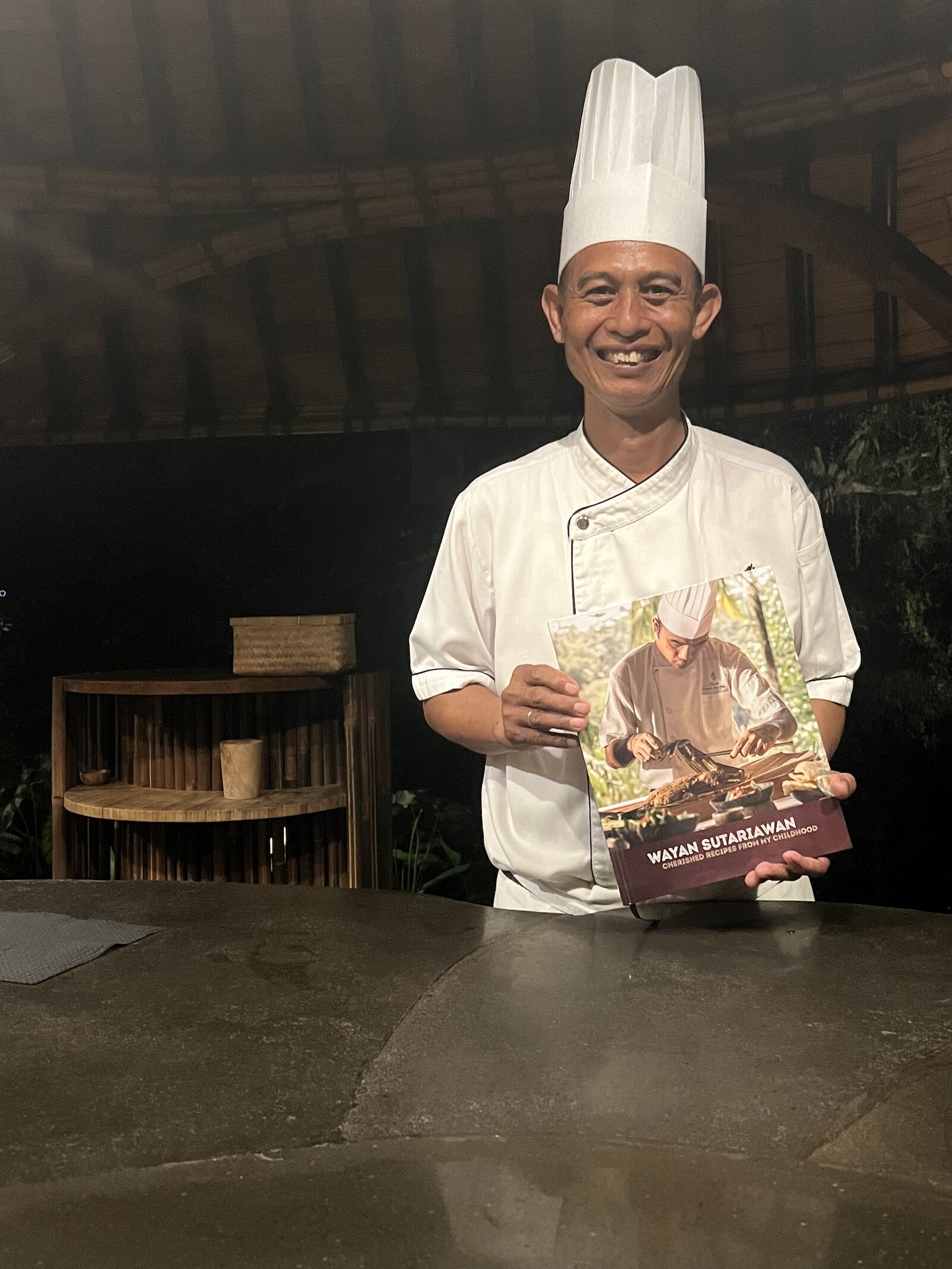
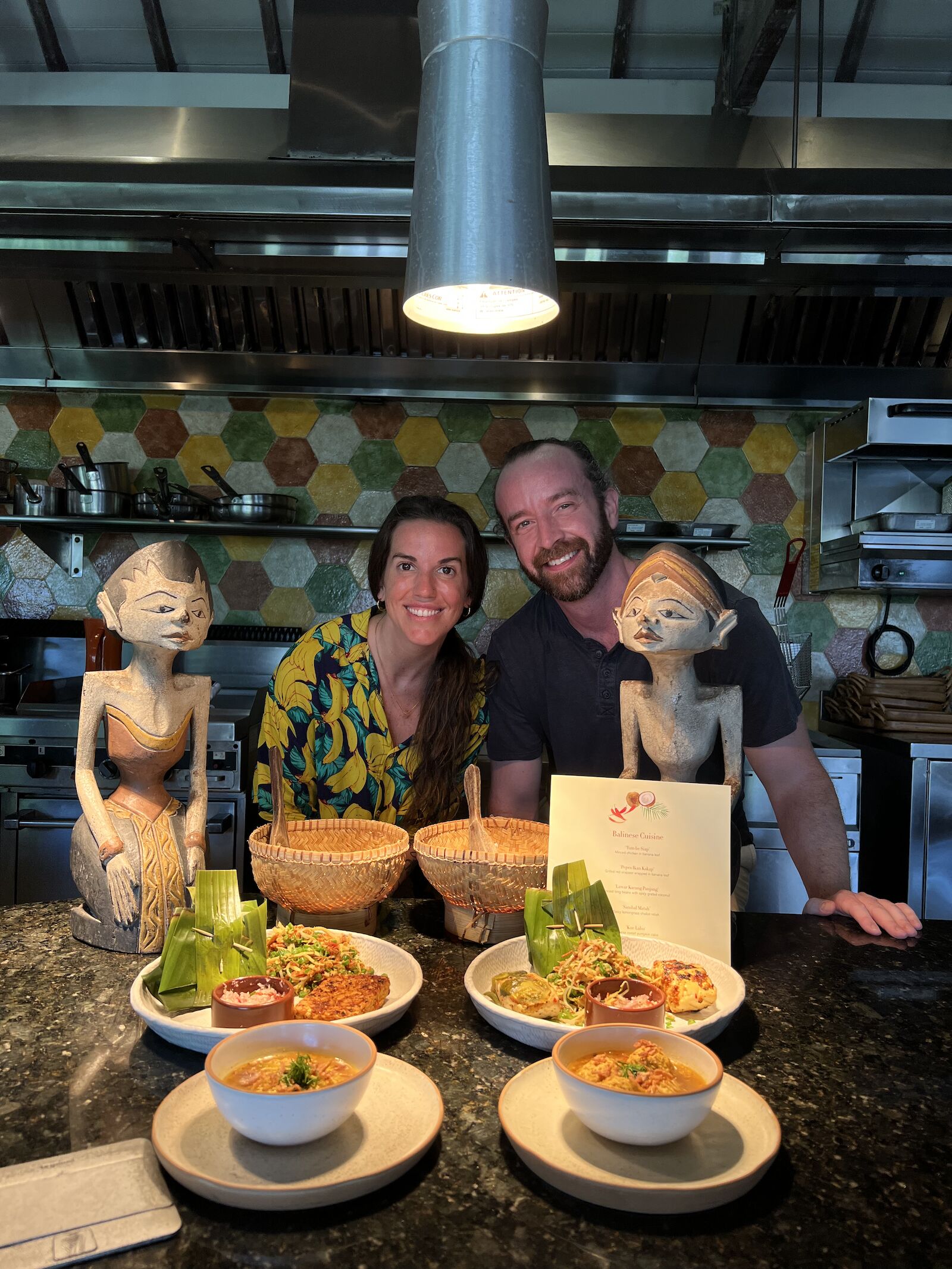
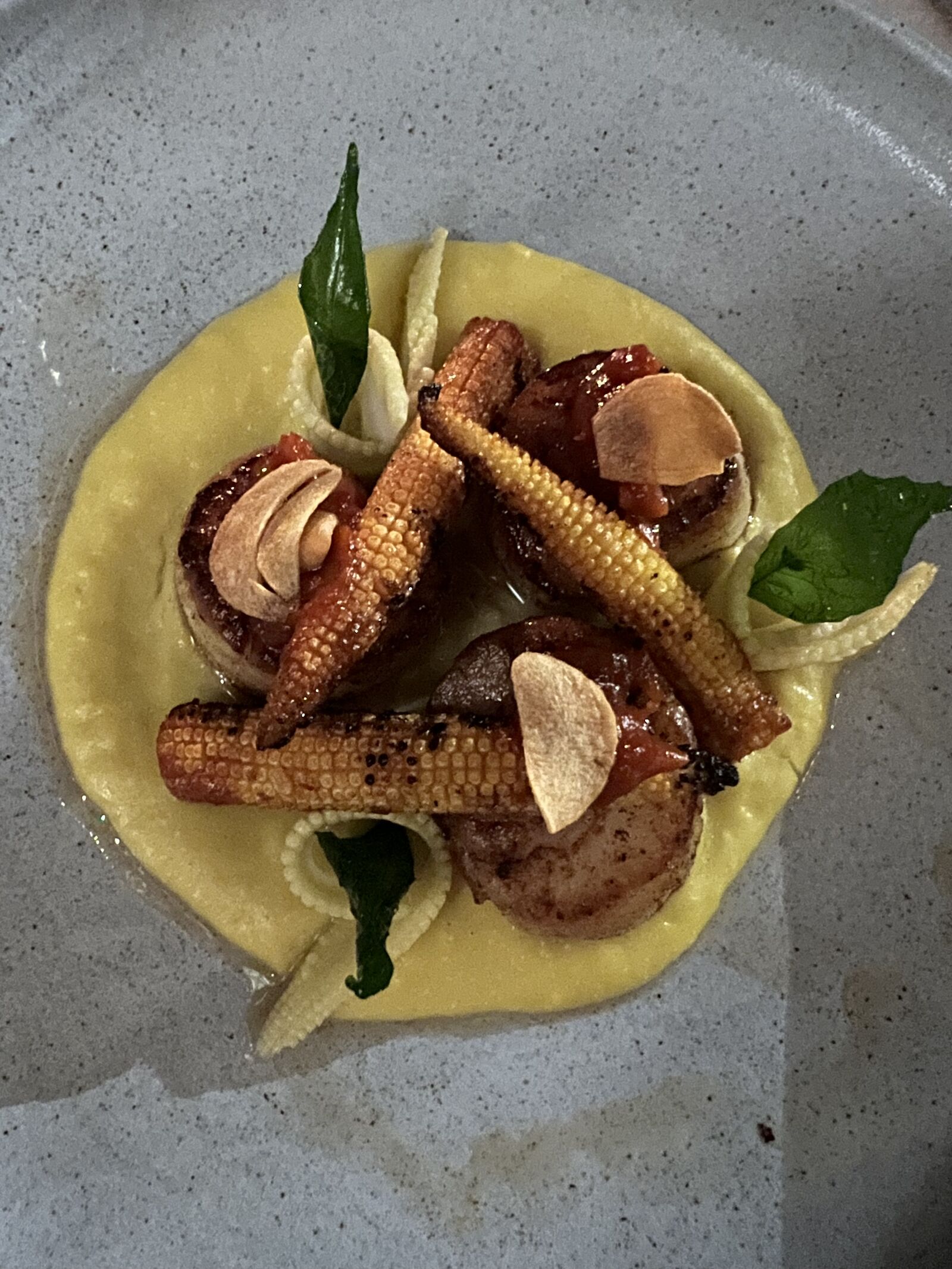
We prepared ourselves a hearty meal, though more importantly, we were educated on the flavors and textures we could expect to experience throughout the week. From concocting base genep (traditional Balinese spice paste) to upping my personal spice tolerance, our first day was already off to a great success.
The next day, my partner and I threw on our metaphorical dancing shoes (which, in actuality, included no shoes at all) at our 45-minute Balinese dance lesson with a local performer. Our guide taught us the five basic moves used in traditional performances, specific to male and female dancers, all against the backdrop of customary Balinese music. While clunkily shaking my hips and contorting my arms into positions they’ve never felt before, I couldn’t help but feel connected to a culture so far from my own, despite my messy execution and giggles from our graceful instructor.

Photo: Vicki Denig
However, the context of the lesson proved useful sooner than I expected; three days later, while staying at the Four Seasons’s second property in Sayan, my partner and I had front row seats to a special Balinese dance performance and completely understood the foundation of the moves at hand. While the performance would’ve been enjoyable nonetheless, that feeling of connection continued to pulse on.

Photo: Vicki Denig
Which brings me to Sayan, the second Balinese property of the Four Seasons. Contrary to the waterfront views offered by Jimbaran Bay, Sayan offers an entirely different vibe. Nestled deep in the lush jungle along the Ayung River, this tranquil (and let’s admit it, absolutely jaw-dropping) property is situated among the green forest canopy near the town of Ubud, and provides a starkly different — yet equally enticing — experience than the one provided at Jimbaran. Here, our excursions included spending a half-day with a local rice farmer, who showed us the painstaking labor involved in cultivating these small-yet-fierce grains; we even planted a few rows of white rice in his local farm ourselves, warm mud oozing between our toes as our lower backs ached from the consistent hunched-over position. Let’s just say we certainly didn’t take our future servings of rice for granted.
Our excursions in Sayan terminated with a three-hour guided local tour in an open-air vintage VW. Here, we toured a local Balinese house to understand the ins and outs of traditional architecture, as well as visited a local temple to dive deeper into the spiritual side of the island.
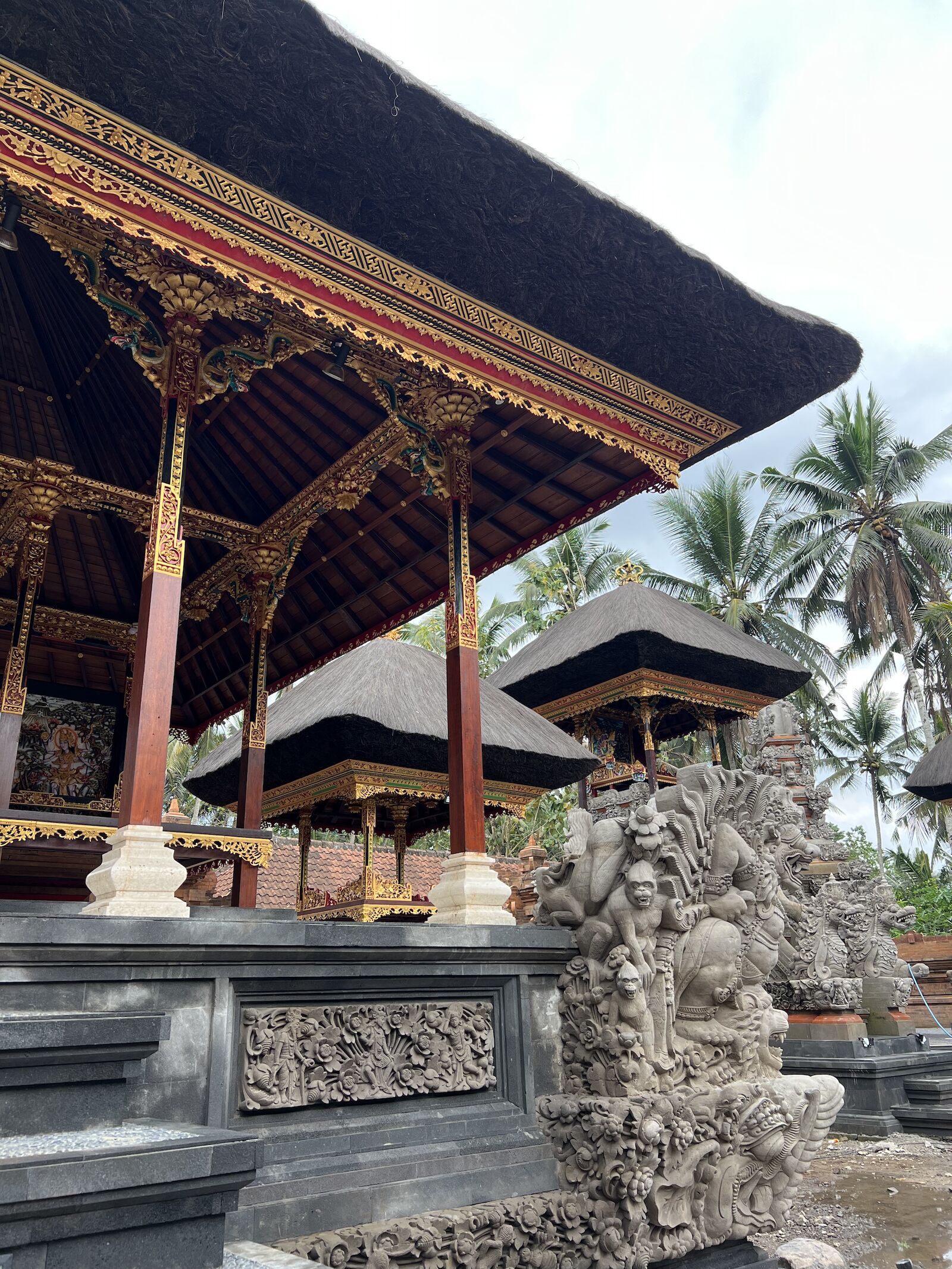
Photo: Vicki Denig
While most of Indonesia practices Islam, the predominant religion of Bali is Hinduism. While not a practicing member of either religion, I was deeply touched by the blessing ritual bestowed upon us; our hands and faces cleansed with purifying water, bits of rice pressed by thumb onto our foreheads and chests, and a small, tri-colored string bracelet, called a tridatu, attached to our wrists, which represents the religion’s “three manifestations of God.”
The food at the Bali Four Seasons resorts
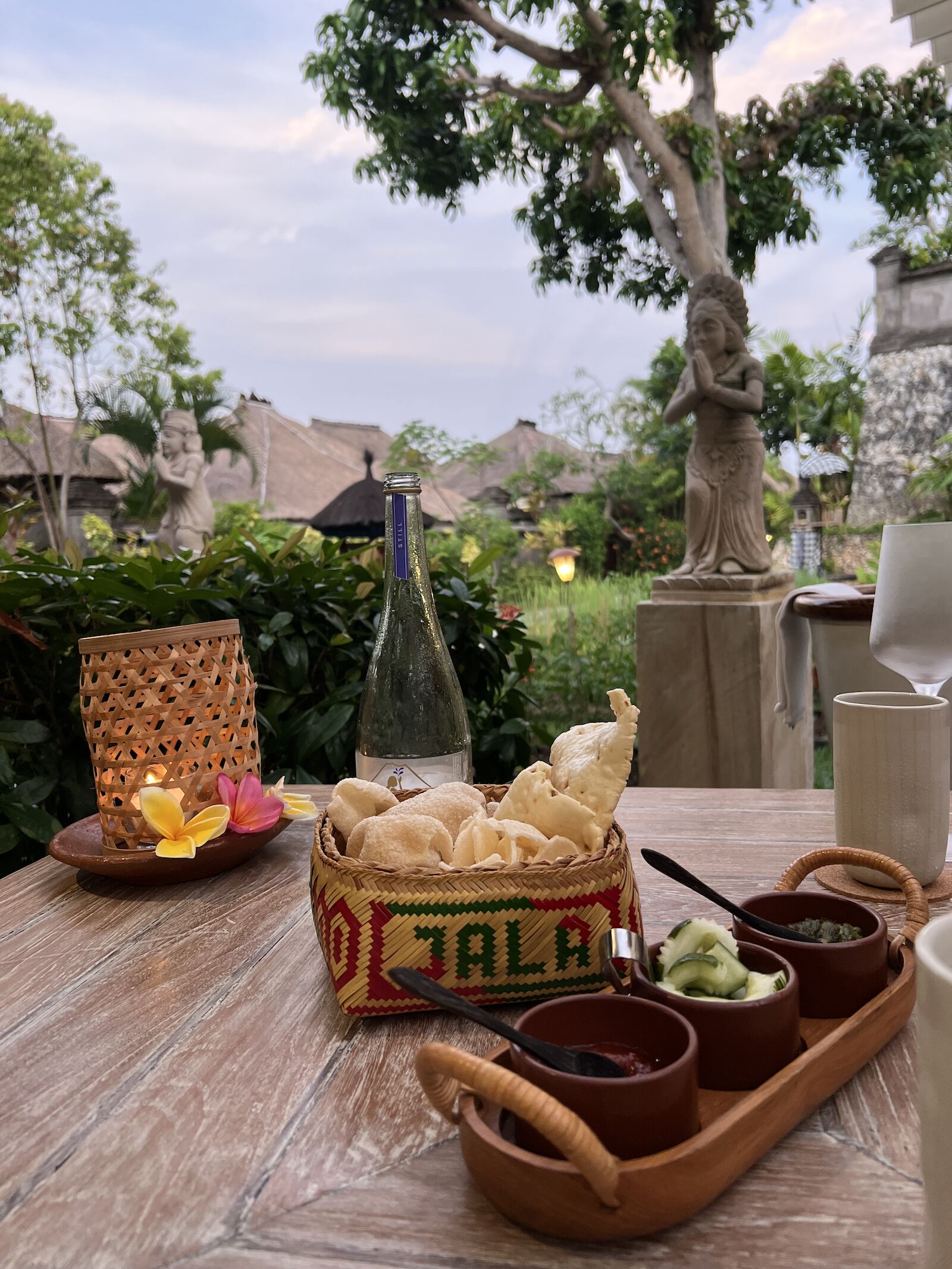
Photo: Vicki Denig
In addition to flawlessly executed excursions, what the Four Seasons does equally well is emphasize local flavors and traditional recipes throughout the on-site dining establishments. In addition to Sundara, the female-led restaurant Jala focuses solely on Balinese cuisine at Jimbaran Bay, and Sayan’s Ayung Terrace restaurant equally offers a variety of local culinary delights. Additionally, Sayan boasts an on-site Chef’s Table restaurant, Sokasi, which presents a seven-course, family-style meal focused on the famous recipes of Ubud, as well as a handful of recipes that are harder to find outside of Bali or even off of the resort. One of the missions of chef Suta, the brains behind the restaurant, is to keep these dishes alive.
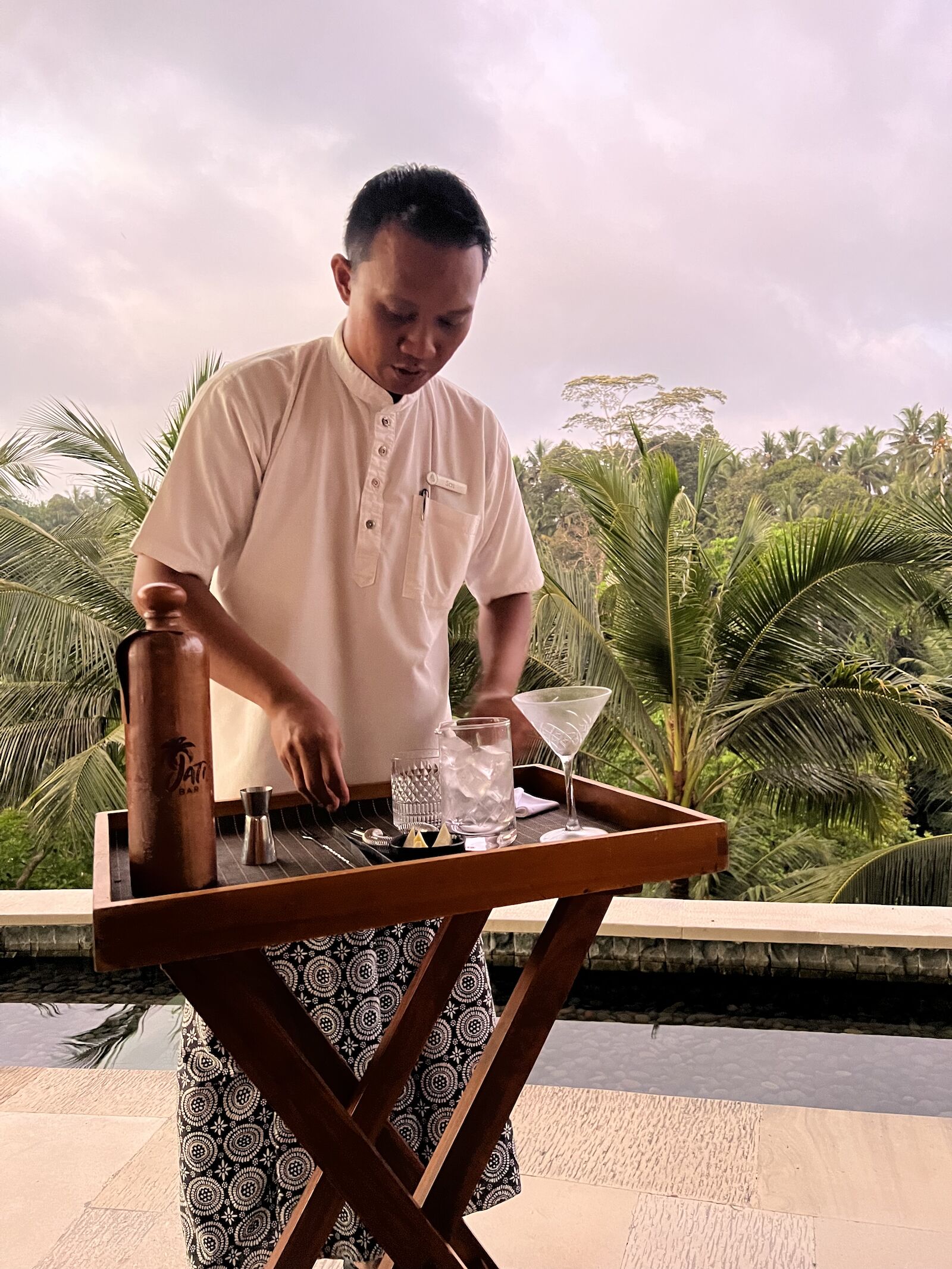
Photo: Vicki Denig
Side note: I’d also be remiss not to mention the life-changing dragon fruit bowl that I enjoyed at breakfast daily while at Ayung Terrace.
Exploring the Four Seasons resorts in Bali
Show-stopping accommodations and the Four Seasons go hand in hand, and the Bali-based properties are no exception. The Jimbaran Bay property is comprised of 147 private villas and nine private residences, each outfitted with amenities such as locally-crafted bath products and buttery soft bedding, only to be trumped by outdoor showers and private outdoor spaces (each of which is outfitted with an individual plunge pool).
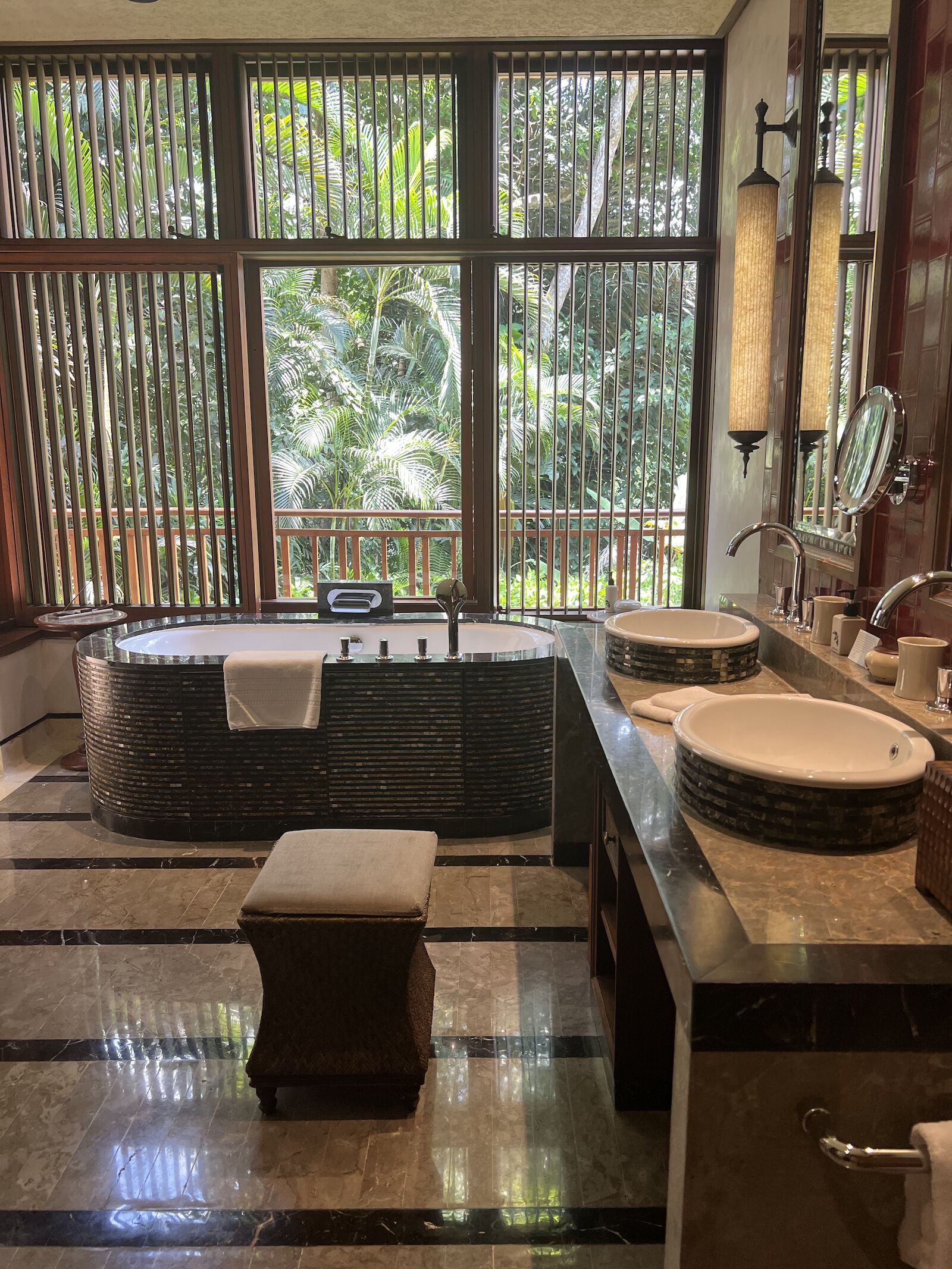
Photo: Vicki Denig
Our waterfront villa offered sweeping views of Jimbaran Bay, only to be topped by the calming oasis of our private villa in Sayan.
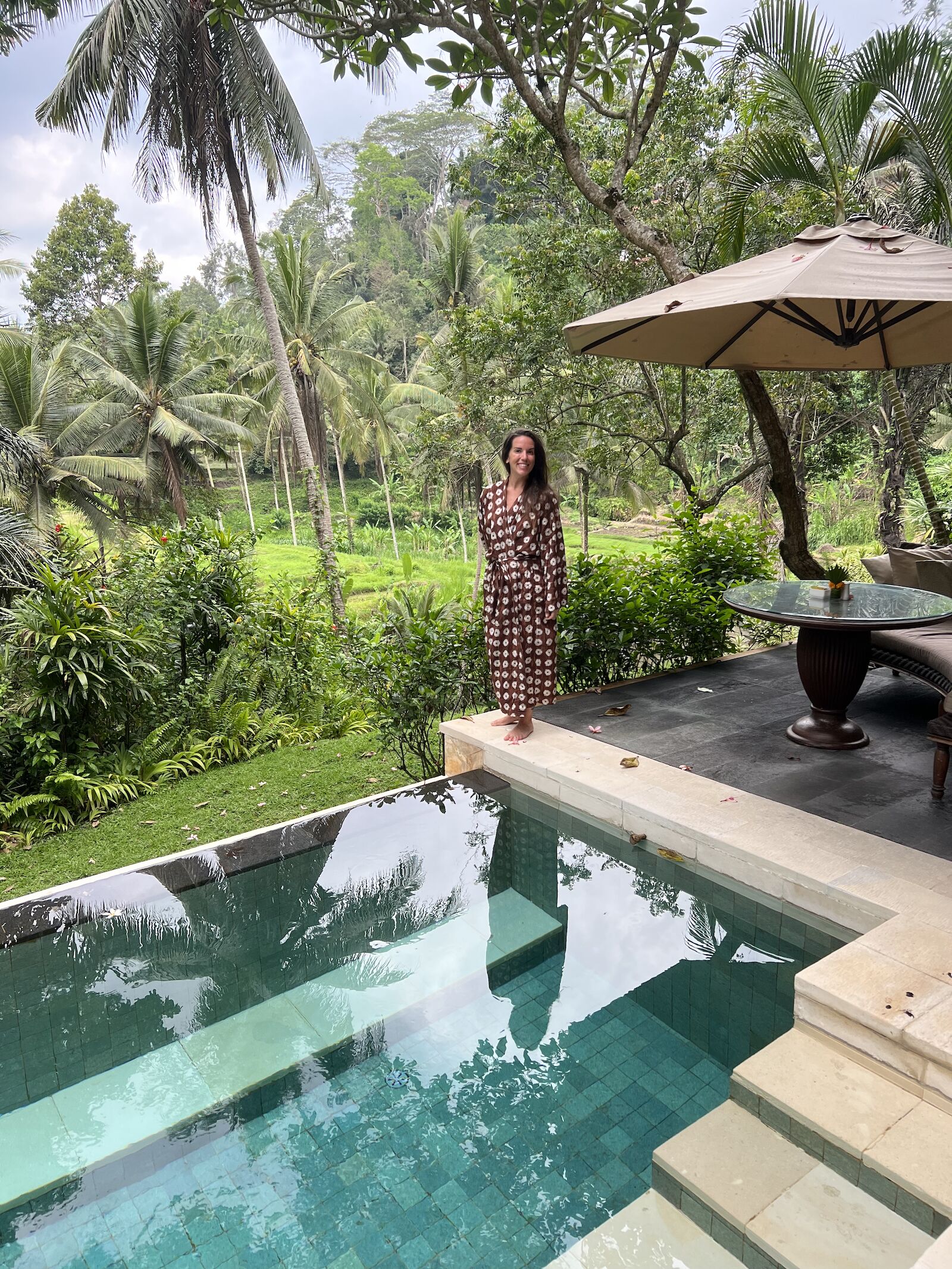
Photo: Vicki Denig
Also equipped with Balinese bath products and standard 5-star amenities (mini bar, WiFi, powerful air conditioning, robes and slippers), our jungle-based villa in Sayan provided breathtaking views across the lush jungle treetops, outfitted with a private outdoor terrace, patio furniture, and plunge pool to boot. The Sayan-based property, which was founded in 1998 (five years after Jimbaran Bay) is home to 42 villas and 18 suites, the latter of which are situated within the mail building of the estate. If I’m being honest, the comfort and luxurious nature of the accommodations makes it tempting to never leave your room, though one would be remiss not to indulge in beauty of both of these thoughtful properties.
Getting to Bali
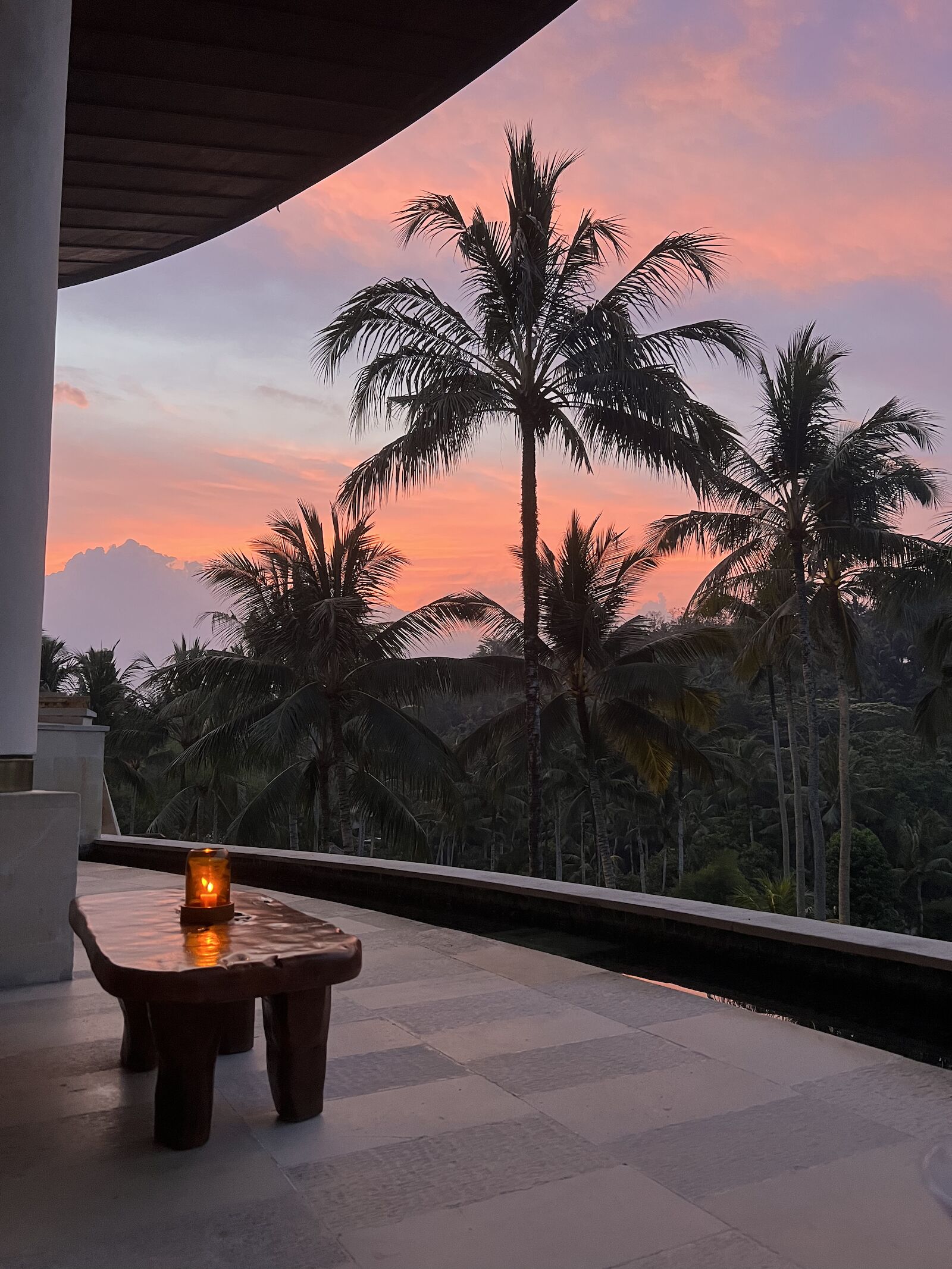
Photo: Vicki Denig
While there are currently no direct flights from the United States to Bali, a handful of major airlines offer connecting flights through Doha, Singapore, and Dubai, including Qatar, Singapore Airlines, Cathay Pacific, Emirates, and more. If you have the time for it, break up the travel and add an extra day to your adventure with an overnight layover in one of the above cities (just be sure to check standard visa requirements before booking).